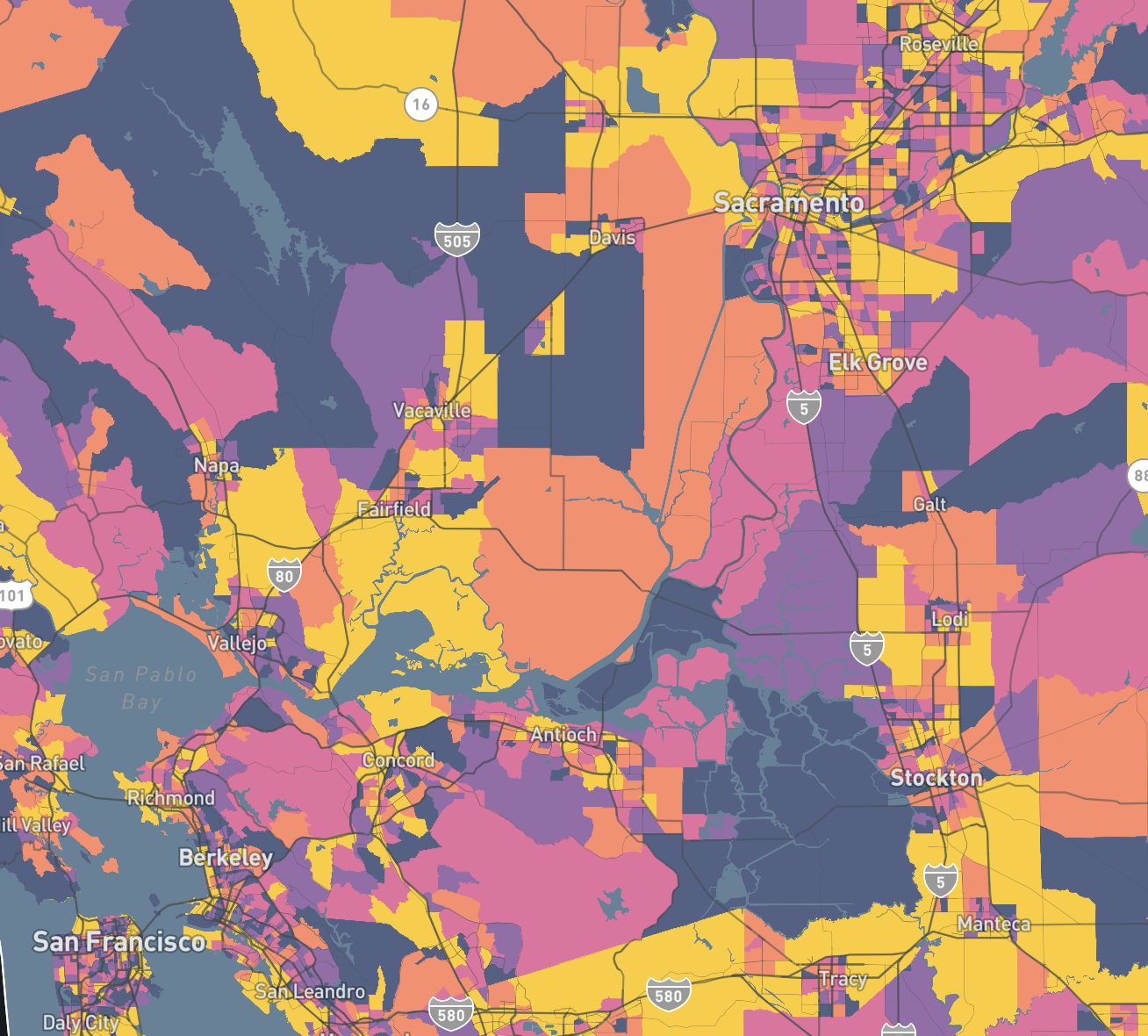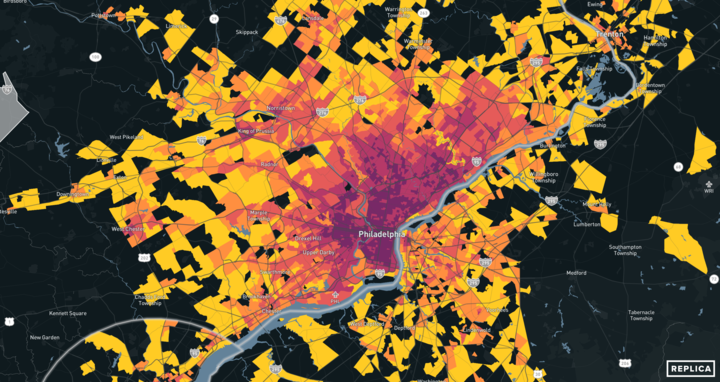Location can make or break a business. That’s especially true in the restaurant industry, where 65% of new restaurants close within their first three years.
A successful location has to connect with people who can become customers. The challenge is knowing if that’s possible when it’s time to choose a place to set up shop.
Borne, a San Francisco-based company, provides location intelligence for the restaurant and hospitality industry. By leveraging Replica’s comprehensive data on mobility, people, and land use, Borne generates critical insights about the kinds of people who might visit a location, how they travel there, and why.
This rich data about people and the built environment helps Borne on its mission to prevent premature restaurant closure and the economic fallout that comes with it.
“When a restaurant closes, it’s absolutely crushing to everyone involved: to anyone who invested in starting the restaurant, the vendors, the real estate community, and to the people in the community who had a job there,” says Gregory Nasser, founder and CEO of Borne.
We recently spoke with Nasser about how Replica data brings a new dimension to helping businesses survive and thrive in a challenging economy. This conversation has been edited and condensed.
What makes Replica a valuable data source for Borne?
When we talk about Replica as it pertains to restaurants, we talk about it as an urban planning tool, like an urban planning data source.
It’s really valuable to the restaurant world, because that is actually how you should map out where your restaurant should go. You need to look through an urban planning lens to understand: Are you going to cannibalize your customers from other locations? Are you mapping this out so that every visitor can make a transaction at four businesses, or just one?
How does urban planning data change the way your clients work?
Restaurant groups have never been able to parse together all of the detail that goes into choosing the right location and concept. Traditionally, when you scout a site, you visit it probably over 20 times. If you’re a national group, you might stand outside and literally count the people and cars going by, and then check transaction data of your neighboring restaurant there, and you’d get a sense of a revenue projection based on those rudimentary factors.
We’ve put together a system that allows people to see all of those details within seconds that would usually take them six to nine months of R&D.
What data matters to you when studying a location?
We turn to Replica to understand trips, patterns, and who has access to certain locations.
The Places product provides us the best insights about how accessible different locations are to different demographic and socioeconomic groups. We use this to identify core patron types for different restaurant concepts. Being able to see the attributes of people who are traveling with the purpose of eating is really important to us.

The Trends product, meanwhile, helps us with revenue prediction by giving us insights on trip patterns recently and over time.
Moving forward, we’re excited about the ability to understand land use and what that means in terms of restaurant success. The same for parking data — when it comes to site selection, how important is parking, or bike access, transit, and walkability? All of that really matters to restaurants.
What are you learning about mobility and access as it relates to the restaurant industry?
There are 166,000 restaurant brands that have three or more locations. That’s a huge number, and they’re all different. But what’s really fascinating is that some of them have similarities in different parts of the country. We use Replica’s trip pattern data to find commonalities among trip-taking activity to a particular coffee shop brand, or chicken shop brand, for example.
We ask, “Will this be successful?” Well, we see the same trip patterns to a similar shop in a different part of the country. And so it is really interesting for us to understand patterns of access — humans and geography — and be able to match that with a restaurant concept to gauge its fitness for a location.
Can you give us an example?
We’ve got regional clients on the West Coast who really love looking at how people travel home from work, when they might be looking for dinner.
They own a pizza chain, and they want to know if they should be looking at locations that are high-visibility, right by the side of the road, little to-go shops with delivery so people can pick up pizza on their route home.

That’s just one way we combine our data and Replica’s. It results in giving somebody this insight about the best places to reach people on their way home from work, in any region that they’re in.
How does Replica data help Borne stand out in its field?
We can give assurances to restaurants that you can scale with confidence. We’re confident in that because we have the data sources driving things forward. The accuracy of the data, and the sheer richness of it, makes our reports much more profound.
That’s because of Replica data. We can really tell a restaurant or hospitality business owner what concepts are primed to be the most successful in a particular location, and I don’t think we would be as accurate without Replica.








